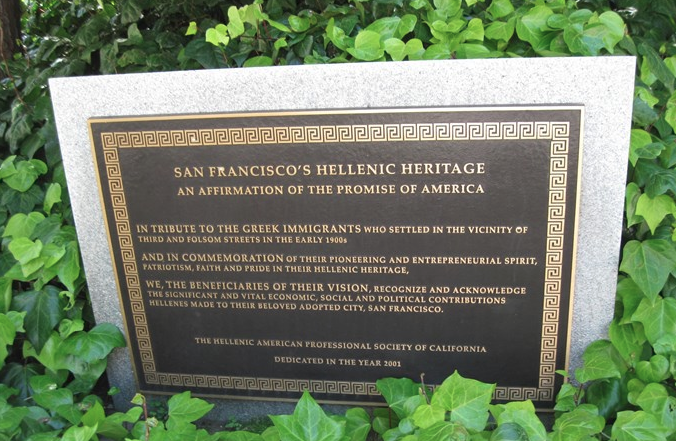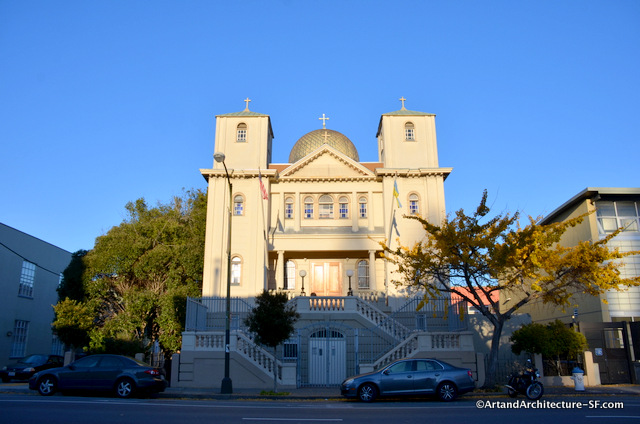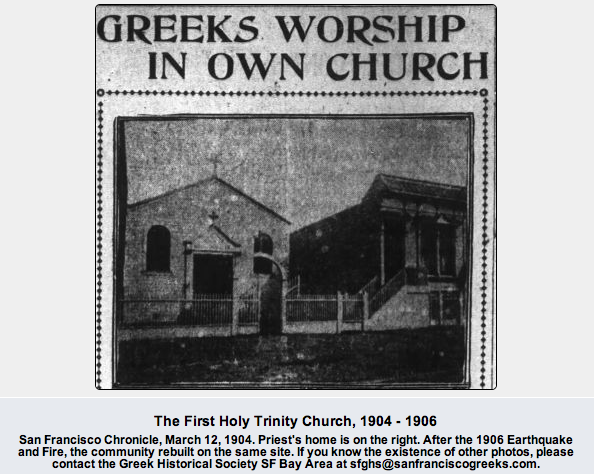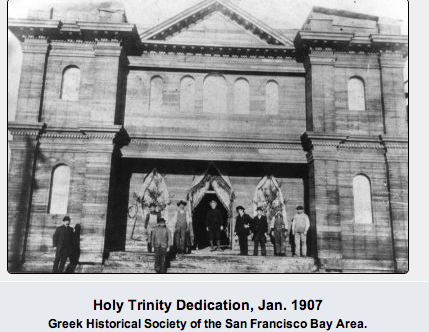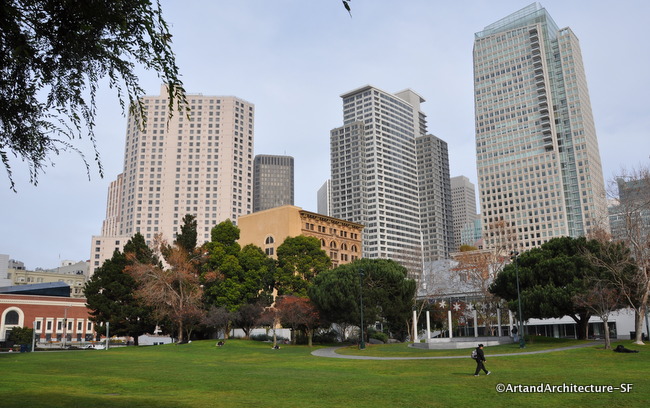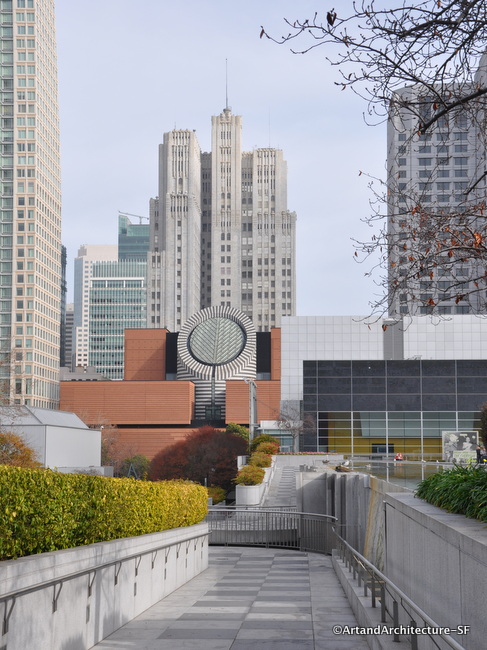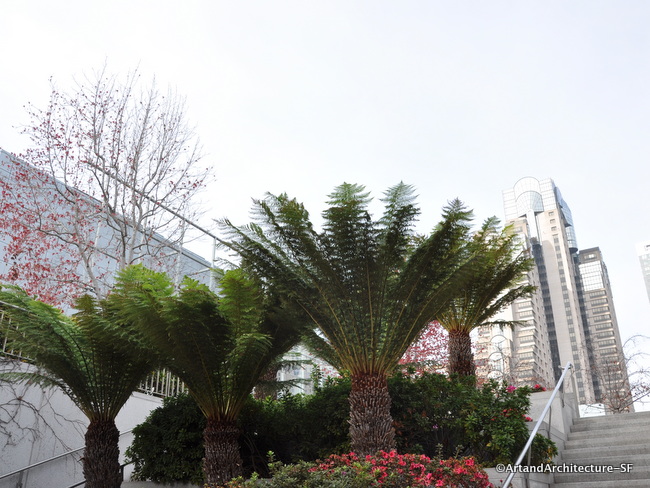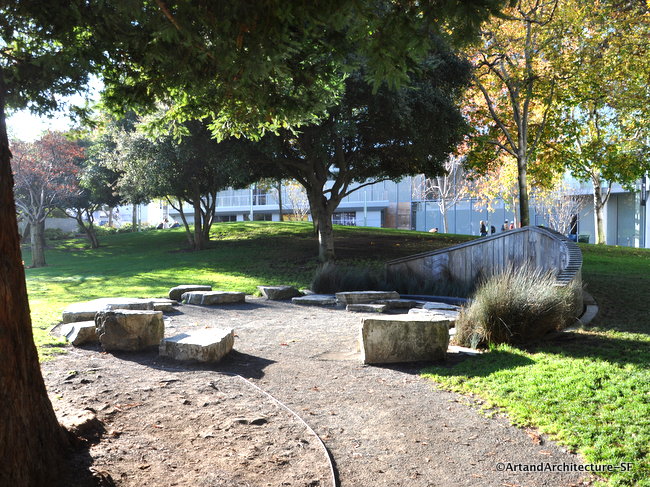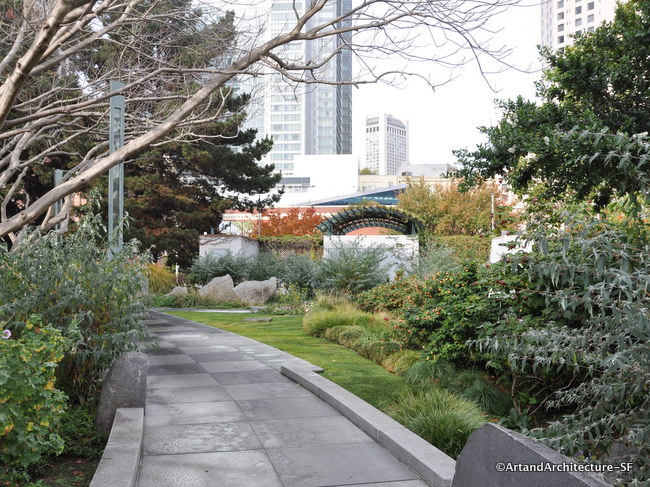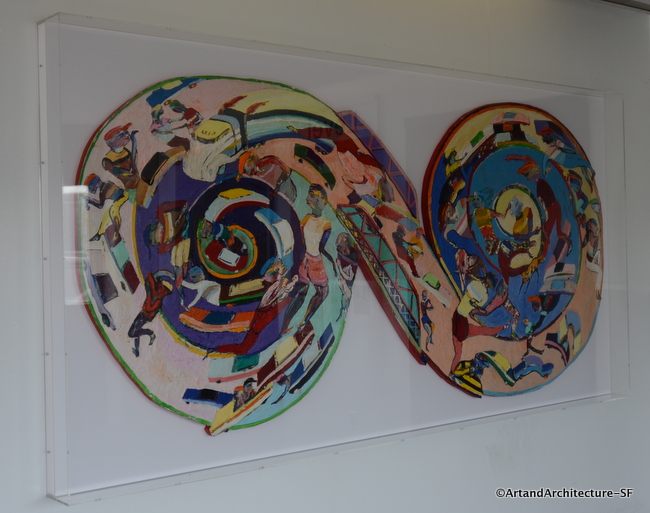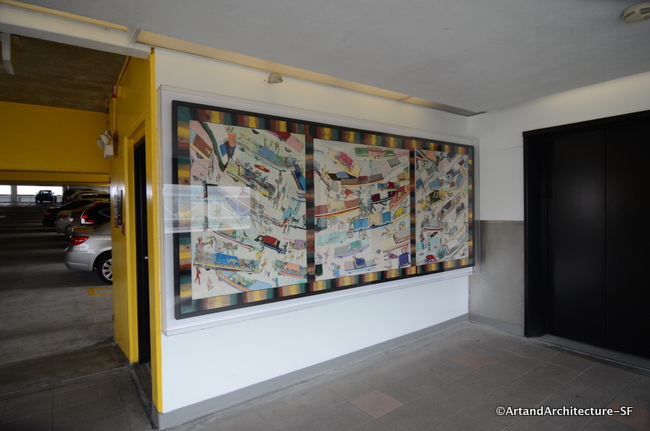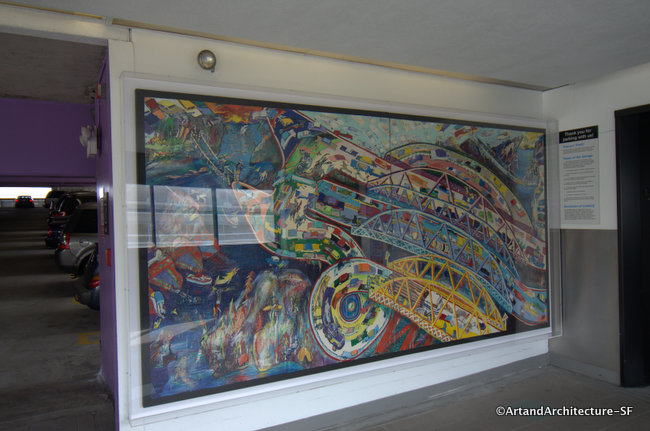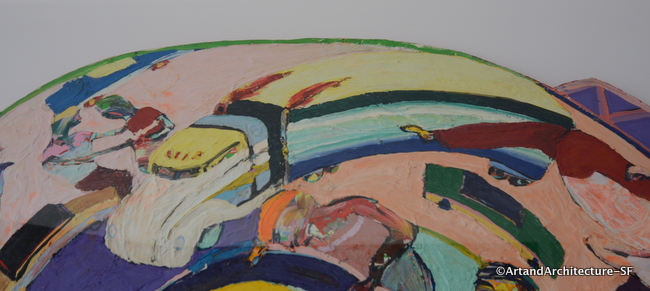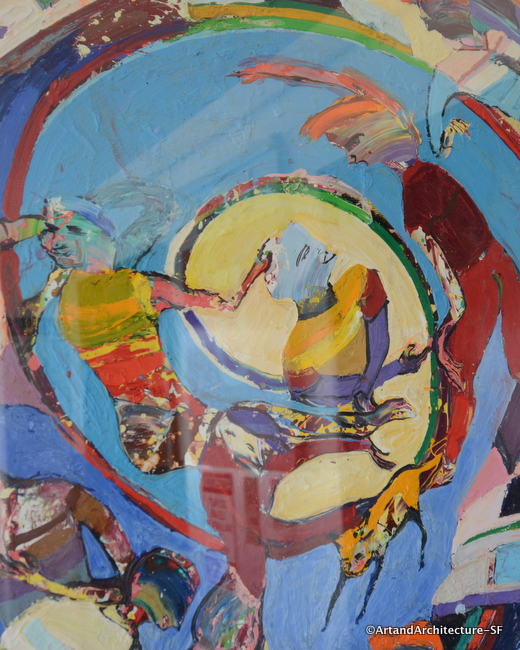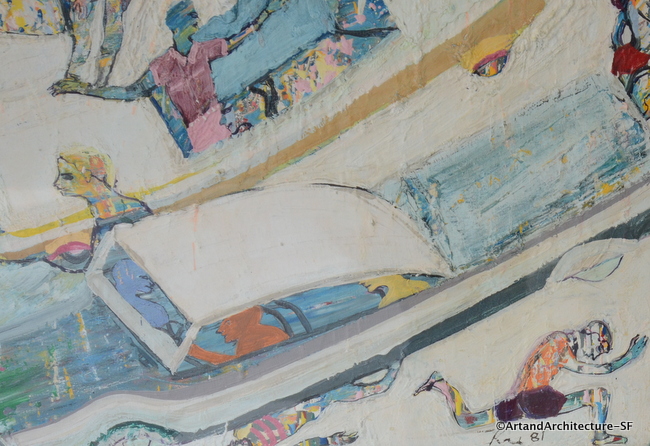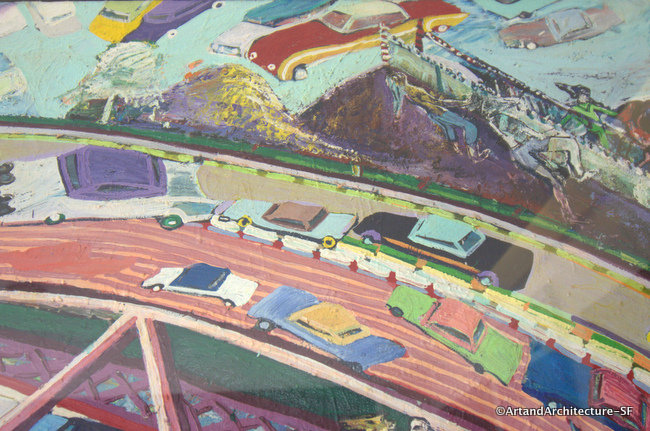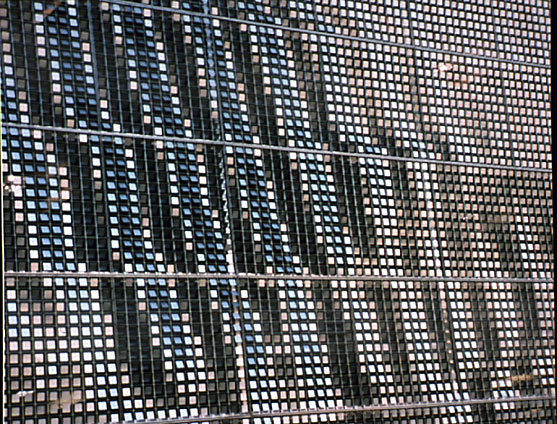This plaque sits, somewhat neglected in an ivy bed at the corner of 3rd and Folsom Streets at the Moscone Center. I, like so many people, have seen it, read it, and continued on my way. I began wondering what was behind it.
The Greek immigrant community was one of the largest and most conspicuous communities South of Market prior to the 1960s. Greeks had begun coming to San Francisco even before the 1906 Earthquake, the community grew rapidly prior to the First World War as Greeks escaped their own war-torn and poverty stricken homeland. Many made their way across the country as railroad workers. According to the San Francisco Chronicle (December 9, 1923) by 1923, 11,500 Greeks lived in San Francisco. In that year, San Francisco contained 26 Greek-owned coffee houses, 380 Greek grocery stores, and 120 Greek shoe shine stands. Many other Greeks worked in auto repair shops, banks, or upholsterers’ shops. Some with transit experience got jobs with the San Francisco Municipal Railway. San Francisco’s Greek community, although dispersed across the city, was centered on the intersection of 3rd and Folsom streets. For a while, the presence of so many Greek businesses gave the area the name Greek Town.
What is left of this vast Greek population in the South of Market area is Holy Trinity. This edifice, the first Greek Orthodox Church west of Chicago, was founded in 1904 at 345 7th Street. The church was destroyed in the 1906 Earthquake and Fire. It was rebuilt, at an original cost of $20,000 in 1907 with additions throughout the years immediately following. In 1964 the church was sold to St. Michael’s Ukrainian Orthodox Church.
The architect for the second church was an S. Andrio and the contractors were R.R. Thompson of San Francisco. In 1922, the church was radically remodeled and the architect for that job was John Bowers of San Francisco.
According to volume 7 of the Architect and Engineer “the building will be of frame construction, ornately decorated, the dome and roof being supported by eight pillars.
The San Francisco Call on October 15, 1906 reported “New Church Plans Approved by Representative Greeks Edifice Will Be Built on Seventh Street. A new Greek church on Byzantine Greek lines of architecture is destined to rise in San Francisco, according to the plans accepted by the Greek Society. A meeting of representative Greeks was held yesterday afternoon at 1735 Market street, at which the plans were displayed and discussed. The edifice, which will be called Holy Trinity, will be located at 317 Seventh street, and will cost more than $20,000.
In addition to the church a school will be attached, in which the children of the Greek population of over 3000 in this city will be educated. The church itself is to be ornately decorated, the dome and roof being supported by eight pillars. The building will measure fifty feet by seventyflve. The architect Is S. Andrio. –
The historical photos are from the great website for Hellenistic history in San Francisco San Francisco Greeks.
